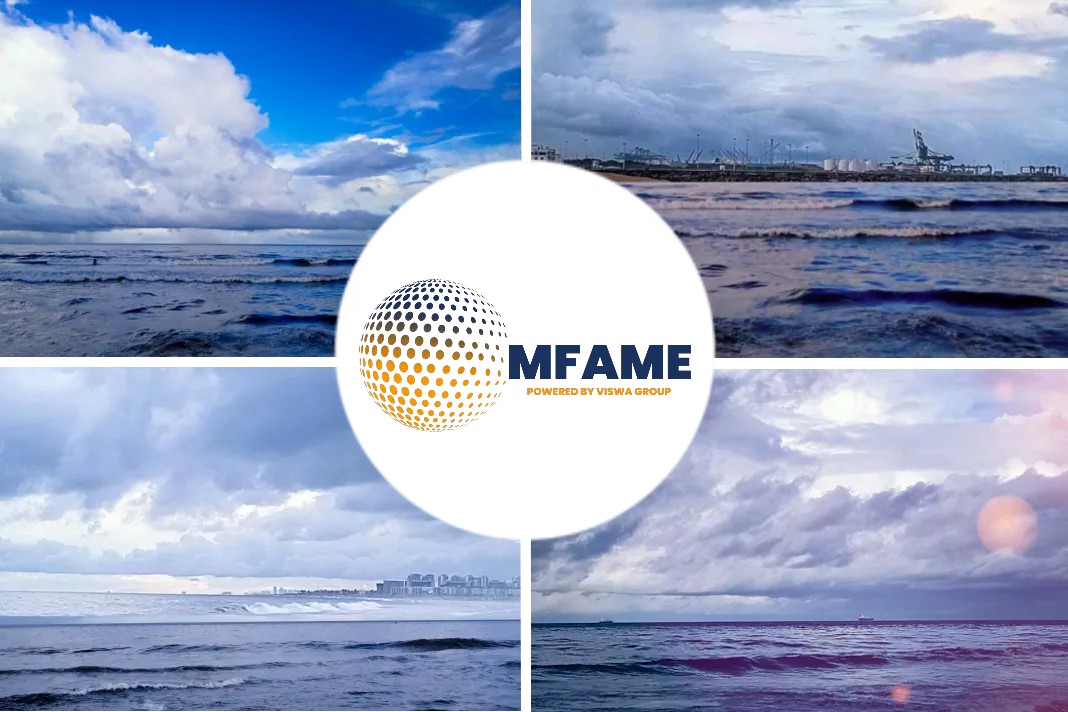The world’s largest gas traders are scrambling to secure liquefied natural gas tankers ahead of winter after sanctions on Russia following its invasion of Ukraine triggered a reshaping of global energy flows,says an article published in Global circulate.
Uk’s shell
LNG shipowners and brokers say an unusually early annual rush is under way for the likes of the UK’s Shell, France’s TotalEnergies and China’s Unipec to secure enough shipping capacity to transport the superchilled fuel during the peak winter demand season.
Rates to charter an LNG tanker for a year are trading near their highest level in a decade at $120,000 per day, up more than 50 per cent on a year ago, according to Clarksons Platou Securities.
The market boom comes after the EU vowed to reduce its dependence on Russian gas by two-thirds by the end of the year and import an extra 50bn cubic meters of LNG.
Shipowners say Total has been particularly active in shopping for LNG carriers to rent for between three and five years, a longer period than usual. Total said it did not comment on market rumours.
“The market has exploded. It’s very hard to find any ships with length [of availability] in the market. It’s going through the roof,” said Oystein Kalleklev, head of Flex LNG and Avance Gas, two LNG shipping groups.
As the capacity crunch worsens, the success of LNG traders this winter will hinge on securing enough ships to maximise profits from high prices.
“We have cargoes we can’t find ships for,” said one shipbroker.
Big trading houses
In recent years shipping bottlenecks have hindered the delivery of LNG to consuming markets in Asia and Europe. The rush for ships usually takes place in late summer in the northern hemisphere but this year it has already kicked off and traders are seeking to lower rates by agreeing to longer rental periods, according to industry executives.
The scramble to secure LNG vessels comes ahead of new global shipping emission regulations next year, potentially decreasing supply further, and as East Asian shipyards struggle to launch new LNG carriers quickly enough.
Brokers say the higher-value cargo resulting from the rise in gas prices has pushed up demand for modern vessels. Older vessels have fallen out of favour because they use turbine engines powered by the boil-off vapour from the LNG — essentially using their cargo as fuel.
“It’s getting quite complex to get the right ships for the cargoes,” said another shipbroker, referring to trading companies’ demands for the larger modern ships.
Karl Fredrik Staubo, chief executive of Golar LNG, an LNG shipping company, said traders were realising there was “less availability than we previously thought” after a flurry of activity by big trading houses.
Golar LNG this week leased a floating storage and regasification unit — a special subset of LNG vessels used as import terminals — to Italian gas grid operator Snam for $350mn. Staubo said limited availability of FSRUs meant conversions of LNG carriers would be needed to meet the surge in European demand for regasification, adding to pressure on the LNG shipping market.
Did you subscribe to our daily newsletter?
It’s Free! Click here to Subscribe!
Source: Global circulate


















